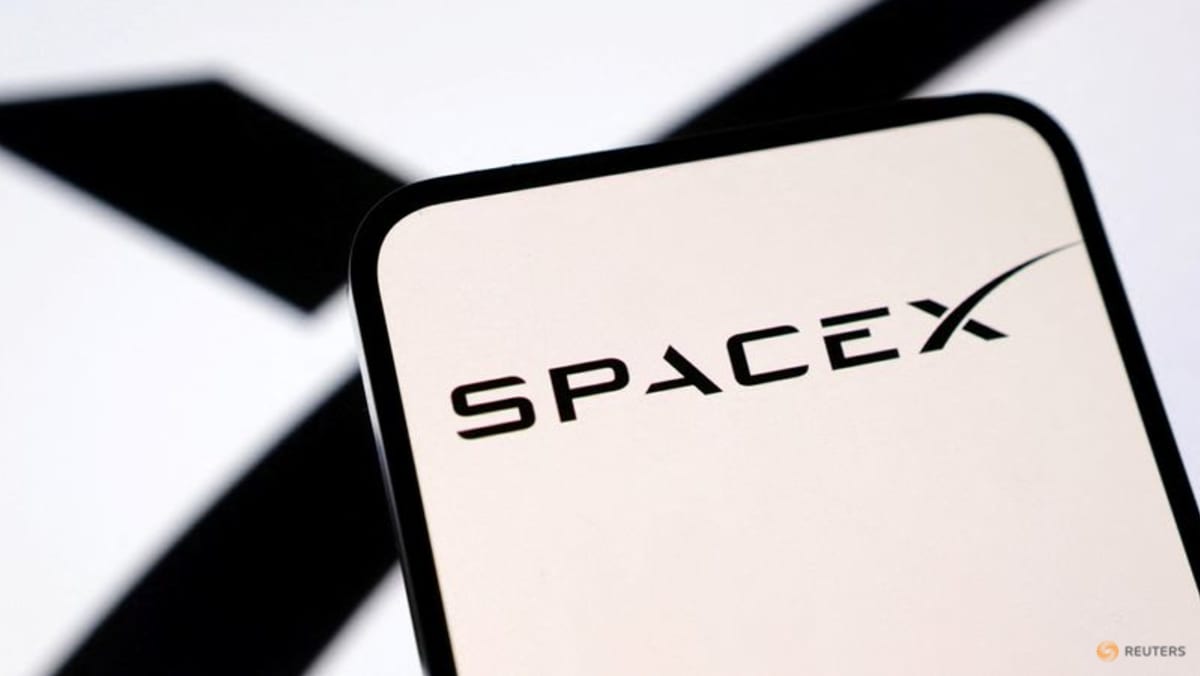WASHINGTON :The U.S. Federal Aviation Administration on Thursday said it approved SpaceX’s Starship to return to flight after its explosive test failure in March, allowing Elon Musk’s space company to launch from Texas as soon as next week after redrawing hazard zones along the rocket’s flight path.
SpaceX’s Starship, a 400-foot-tall (122 meter) rocket poised to play a central role in the U.S. space program, had a rare spate of back-to-back testing failures this year, diverting dozens of commercial flights and prompting complaints from other countries affected by Starship debris.
The FAA said in a statement approving Starship’s next flight that it was in “close contact and collaboration” with the United Kingdom, Turks and Caicos Islands, Bahamas, Mexico and Cuba – where Starship flies over or near on its path to space – as it monitors SpaceX’s regulatory compliance in future flights.
Debris from Starship’s last two testing explosions – one in January and another in March – rained over Turks and Caicos, a British overseas territory, and portions of the Caribbean, rankling residents and triggering cleanup efforts by SpaceX staff and local authorities.
The FAA expanded a predetermined keep-out zone, or Aircraft Hazard Area, on Starship’s flight path from 885 nautical miles to 1,600 nautical miles, extending eastward from SpaceX’s launch site on the southern Texas coast and through the Straits of Florida, including the Bahamas and Turks and Caicos Islands.
“With the Starship vehicle return to flight determination, Starship Flight 9 is authorized for launch,” the FAA, which oversees commercial rocket launch safety, said. “The FAA finds SpaceX meets all of the rigorous safety, environmental and other licensing requirements.”
The FAA said it expanded the size of hazard areas over the U.S. and other countries along Starship’s trajectory to space based on an updated flight safety analysis, a complex mathematical calculation that heavily factors probabilities of vehicle failure and expected public casualties.
The hazard zones were also expanded, the FAA said, because SpaceX plans to reuse a Starship booster for the first time during its ninth test flight, a key demonstration in the company’s goal to make Starship rapidly reusable.
The next flight could occur on Tuesday, May 27, according to government airspace notices, though that date could change based on weather and SpaceX’s technical readiness.
